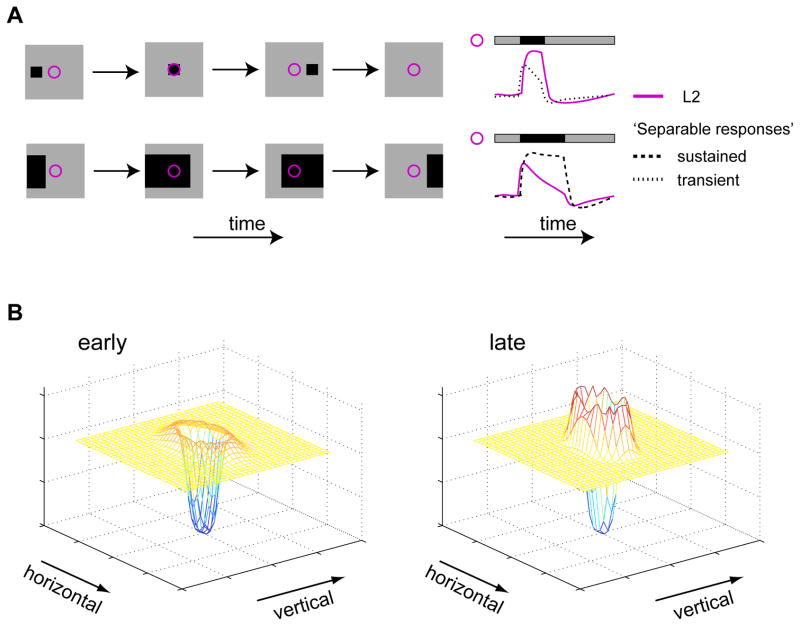Figure 9. L2 RFs are anisotropic, spatiotemporally coupled, and efficiently capture cues associated with dark object motion.
(A) Schematic representation of the utility of L2 RF’s spatiotemporal coupling to motion encoding. Left column: example stimuli as a function of time. Right column: schematic responses to stimuli as a function of time. Purple - illustrative L2 responses, spatiotemporally coupled. Black - illustrative responses of hypothetical cells with spatiotemporally separable RFs. Dashed - illustrative responses of a hypothetical cell with sustained responses. Dotted - illustrative responses of a hypothetical cell with transient responses. (B) Schematic representation of the 2D L2 RF at an early (left) and late (right) stage of the response to a stimulus, capturing its anisotropy in space with gradually increasing surround lobes.

